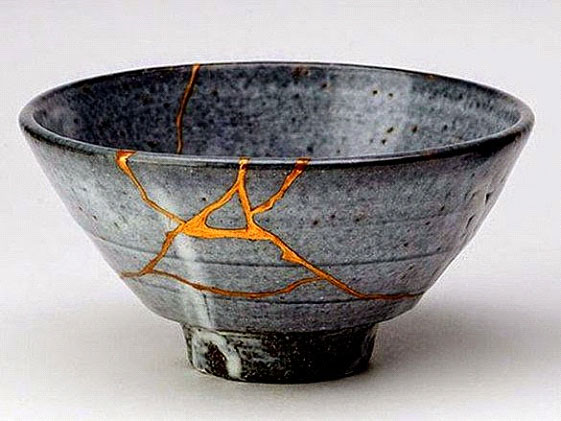Brainspotting

In sharing the powerful healing experiences my clients were having with EMDR with a colleague and former classmate, she was very intrigued and decided to train and learn EMDR as well. She loved EMDR. Loved it! We often discussed the technique, methods of working with clients and our excitement at the shifts in emotions and behaviors our clients experienced.
In time, she heard about a new technique called Brainspotting, which was developed by David Grand, a top EMDR trainer and therapist. She started training and studying this new technique and fell even more in love with Brainspotting. This was not entirely unexpected. She falls fast for new enthusiasms and can be a little like a dog chasing squirrels in a yard: full throttle and on a mission. Convincing me to also try Brainspotting became her new mission.
I was resistant. I loved doing EMDR therapy and my clients loved their results – why change? How could this new technique be better? My friend was eagerly trying to convert me and kept sharing the news of the results her clients were experiencing. Eventually, my curiosity was too much and I signed up for a training that was in Northampton.
Learning the essentials about the technique and theories about why it works so well, I was struck by how my interest was growing. In the breakout groups during the training, we tried out the technique and my enthusiasm grew. Bringing it back and then trying it with clients was exciting: they really liked the different aspects of Brainspotting. I was surprised that many preferred it over EMDR. Brainspotting is highly flexible and experimentation is encouraged. The EMDR approach can be more structured and detailed in format. Because I value both approaches, I eventually became certified in both techniques and continue to use them with my clients.
I find I often use a combination of EMDR and Brainspotting as my clients work on their presenting concerns and challenges. I’m more interested in helping my clients than following a strict protocol or established ideas. I’ve used this approach for a variety of traumas (physical and sexual trauma, accidents, medical, family and relationship distress, as well sports therapy. Anxiety, depression, some OCD behaviors, as well as work on self-confidence, motivation and social anxiety. Clients continue to report major shifts and changes in their lives after the techniques are tried.
Not that long ago, scientists believed that our brains did not grow or change after reaching adult size. Neurogenesis has revealed that new growth in adult brains are occurring and are essential for our well-being. Nutrition, meditation and exercise aid in this growth as well as keeping our brains healthy and functioning well. As we continue to learn so much about the brain and ways of helping ourselves grow and feel better, this is a very exciting time for the field of psychology! With my Master’s degree in Marriage and Family therapy (a systemic approach), doctorate in Clinical Psychology and being certified in both EMDR and Brainspotting, I feel that each of my education endeavors have given me strong tools and frameworks to work with and help my clients. I love my job!


